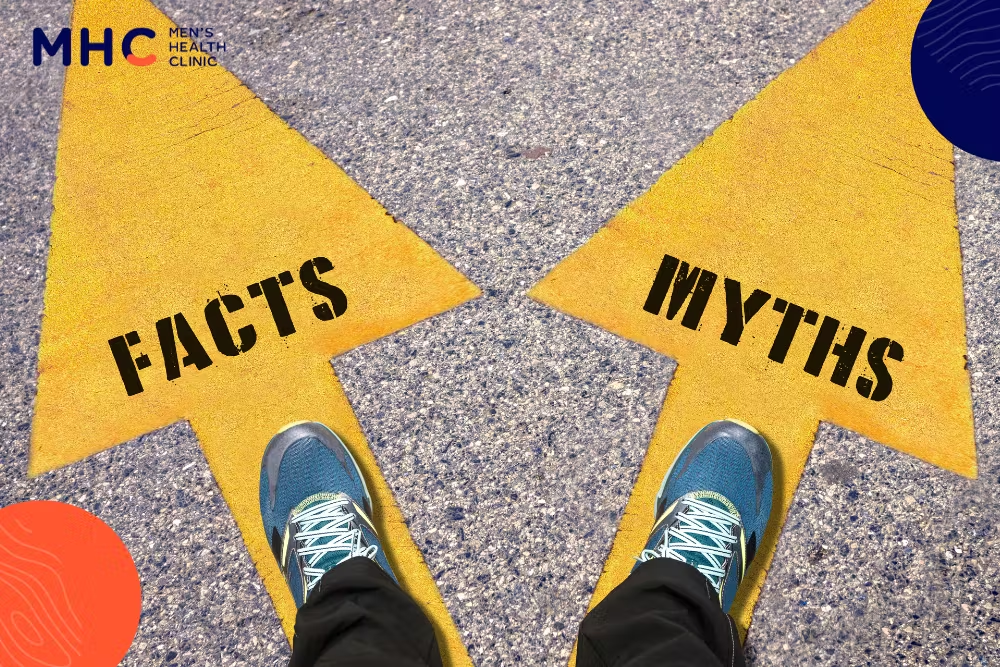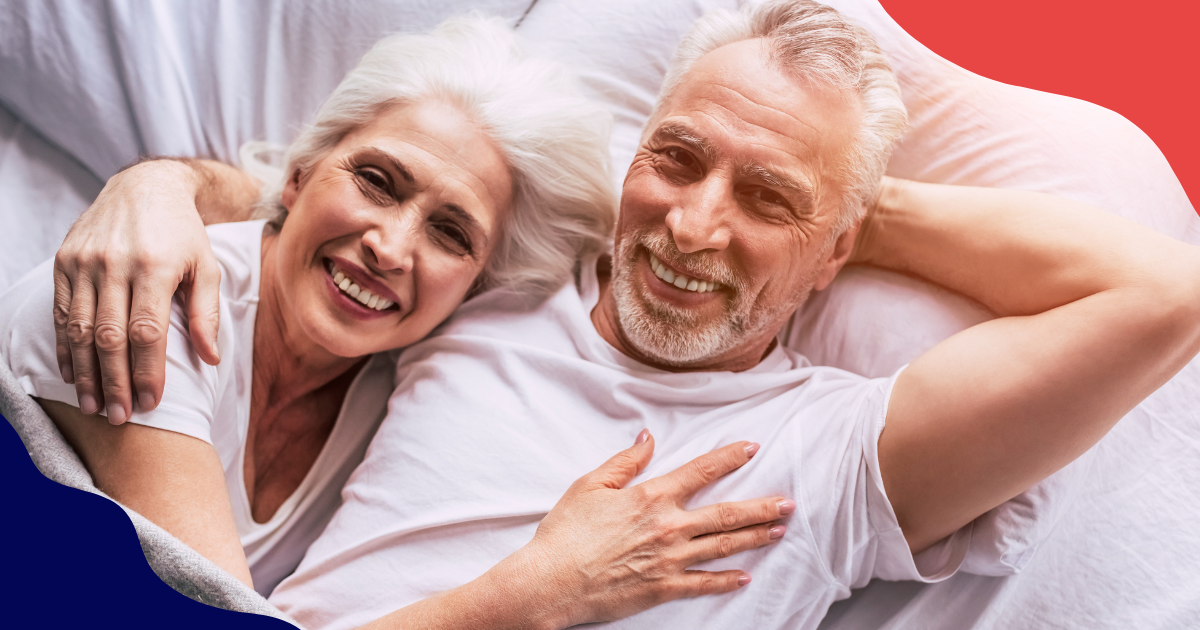One of the most common factors that have a significant effect on a man’s tendency to develop ED and other men’s health issues is chronic pain. The repeated movements could aggravate muscle pains, while the thrill of sex can be too much for a man, triggering persistent headaches. Because of this, it’s not surprising that people have come up with theories about the nature of chronic pain and new methods to try and keep it under control.
While some theories and solutions may be true, this quest for better pain management has also led to the creation of unfounded myths about chronic pain. What’s worse, it also led to the development of pain relief “solutions” that are ineffective and sometimes even unsafe! Today, we look at the most common misconceptions and talk about why they should be avoided.
1. You Should Just Tough It Out
You’ve probably heard about this, and this myth alone has caused many people to just accept chronic pain as part of their life. If the first few treatment options did not completely work, then what’s the point of even trying to get rid of chronic pain? Pain is forever, and a man must tough it out.
There are two main things that make this statement untrue. First, there are forms of chronic pain that are completely treatable, especially pain caused by injuries or other treatable health conditions. Second, research on pain management options has paved the way for effective pain medicine and therapeutic methods that can make things more comfortable for people suffering from chronic pain.
2. Say Goodbye to the Gym
Can you imagine going to the gym with a sore back or a pulsing headache? Neither can we. This is why a lot of people think that chronic pain is such a lifestyle ender, and that going to exercise will just intensify the pain later down the road. After all, muscles tend to hurt more after a strenuous workout.
Although it’s true that overworking a strained body can intensify the effect of chronic pain, some amount of exercise can be good for you. According to an article published by the Center for Disease Control and Prevention, properly moderated exercise can improve muscle strength and flexibility, which can alleviate many types of joint-related chronic pain. And since exercise helps improve sleep and reduce fatigue, it also helps relieve stress-related factors that can also be linked to persistent headaches.
3. It’s an Old Person Thing
Because chronic pain is often associated with rheumatism and weakened muscles, many people believe that they should only be concerned about chronic pain when they’re older. Unfortunately, this is why many individuals live lifestyles that increase their risk of suffering from chronic pain later in life.
The reality is that chronic pain can occur even among younger people. A study in 2019 published by the National Library of Medicine revealed that one out of five teenagers aged 11 to 15 have self-reported instances of chronic pain in one or more body parts. This just means that there’s no age limit when it comes to the fight against chronic pain. The sooner you can establish a healthy lifestyle, the more likely you are to be pain-free in the long-run.
4. Pain Medication Is All You Need
There’s no denying that today’s latest pain relief medications are quite effective at providing relief. Because of this, it’s normal for people suffering from chronic pain to reach for a pill at the first sign of pain. This can be a problem later, as depending too much on medication can lessen the efficacy of the drug and increase the risk of drug dependency.
This is exactly why people suffering from chronic pain are strongly advised to seek help from a certified pain management expert. With guidance from a professional, you can set a limit to your medicine intake and complement it with therapy and other counseling to achieve even better results and lower the risk of developing drug addiction.
5. If It Can’t Be Eliminated, Nothing Can Be Done
One of the biggest misconceptions about treating chronic pain is that the objective is to eliminate pain. If the patient still feels pain after treatment, it gives them the feeling of hopelessness. In some cases, they might even give up treatment, deeming it pointless and inevitably forcing them to live with the pain completely unassisted.
It’s very important to note that treating chronic pain is about pain management. Sure, being pain-free is ideal. What’s more important is that whatever can’t be eliminated is manageable enough to the point that you can carry on with your daily life. This is also why pain management is considered a mix of both medication and mindset.
Conclusion
Misconceptions about chronic pain can only hold you back from enjoying the rest of your life. With the right medicine, proper guidance from professionals, and the right attitude towards pain management, it’s possible to minimize the long-term damaging effects of chronic pain.




